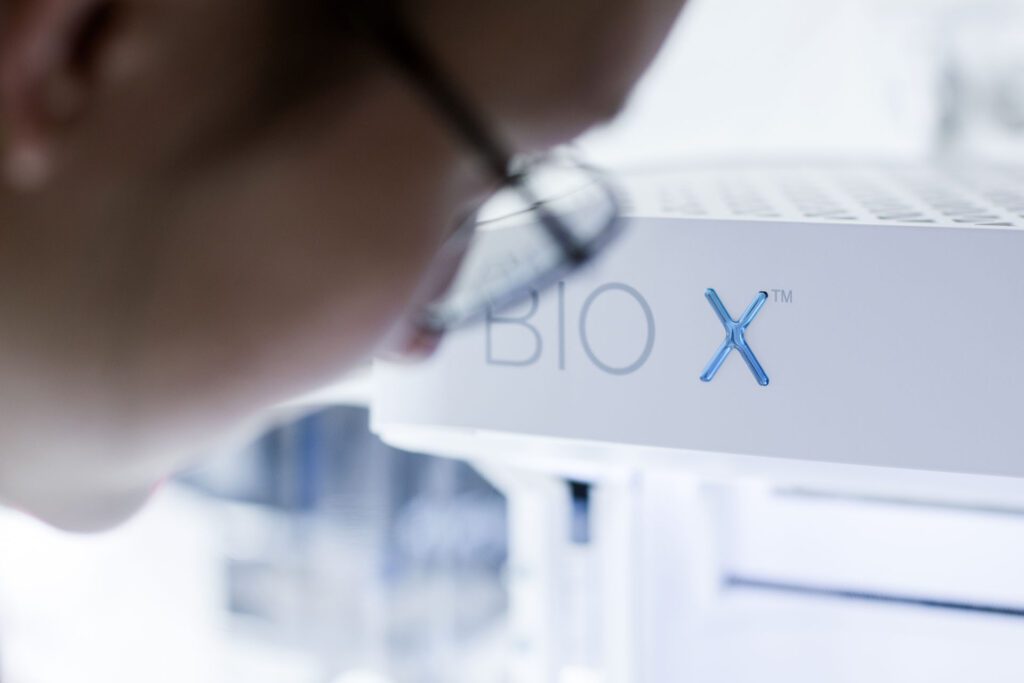In Vitro 3D Lung Cancer Model Presents a More Relevant Expression of Junctional Proteins than 2D Cultures
To study lung cancer, one of the leading causes of cancer-related deaths, more physiologically relevant in vitro models are needed. In this application note, human lung cancer cells were cultured on 2D polystyrene plates and compared to ones that were 3D bioprinted with the BIO X. More physiologically relevant expression patterns of β-catenin and zonula occludens-1 were observed in the 3D bioprinted models. Plus, the cellular rearrangement into spheroids and the distribution of junctional proteins displayed in the 3D models could not be detected in the 2D cultures, highlighting the importance of 3D microenvironments for applications in cancer research, molecular physiology and drug development.
Learn how:
- 3D cell cultures enable the precise geometrical dispensing of cells and bioinks with the BIO X 3D bioprinter.
- Multicellular constructs can better recapitulate human physiology.
- Cells in 3D self-assemble based on external signals from surrounding cells and the environment.
- The expression of the junctional proteins β-catenin and ZO-1 is more physiologically relevant in 3D than in 2D.
- Using bioprinting for medium- to high-throughput solutions when creating tumor models allows for more relevant drug screening.






